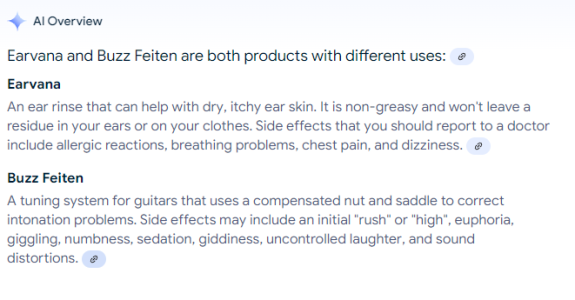This thread has been a little disappointing .Sadly none of the responders have been that helpful, I wonder whether any have actually owned a guitar with Buzz Feiten tuning or had any experience tuning one! Please correct me if I am wrong
It seems that some guitar tuners have a BFTS option, which is designed to be used with guitars with Buzz Feiten. But I am not minded to buy another tuner.
I just googled Tuning Buzz Feiten and came up with this
http://www.buzzfeiten.com/howitworks/tuningwtbfts.htm
In response to Mincer I would say that the Buzz Feiten system would not be a dealbreaker when buying a guitar. However both my MIK go to Washburm guitars have a good "in tune" sound.
However, my feeling is that if you do get an axe with it installed there is a strong inference that if the manufacturer has taken the trouble to fit it, then the quality control of the guitar is likely to be well above average. My 2 Washburn are immaculate and play beautifully.. An opinion shared by others.and my guitars have been borrowed for recording sessions. Although I had to do a did a complete rewire of the pots and get rid of the nonsense VCC system , A gimmick which Washbrn should never have entertained.

